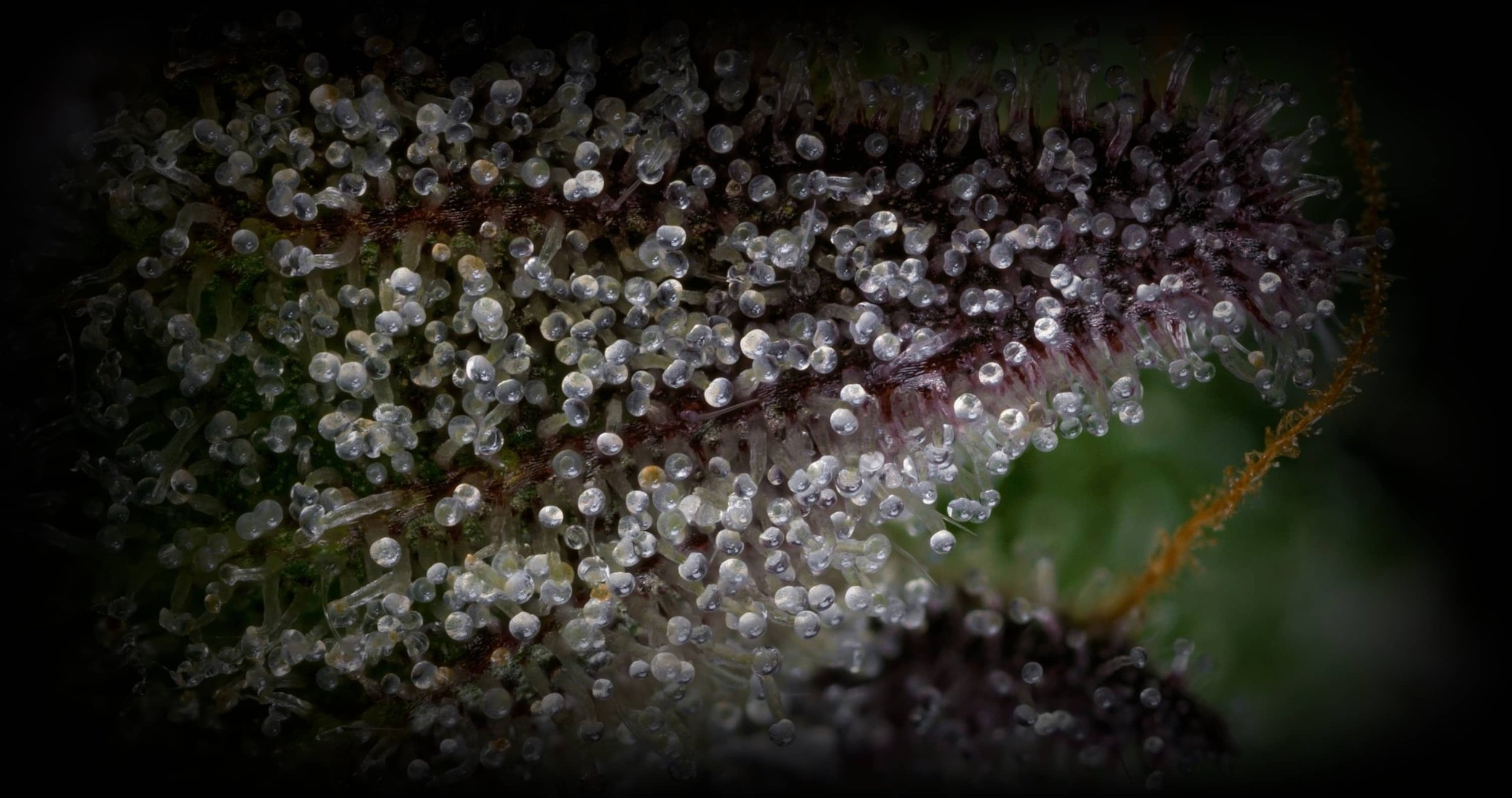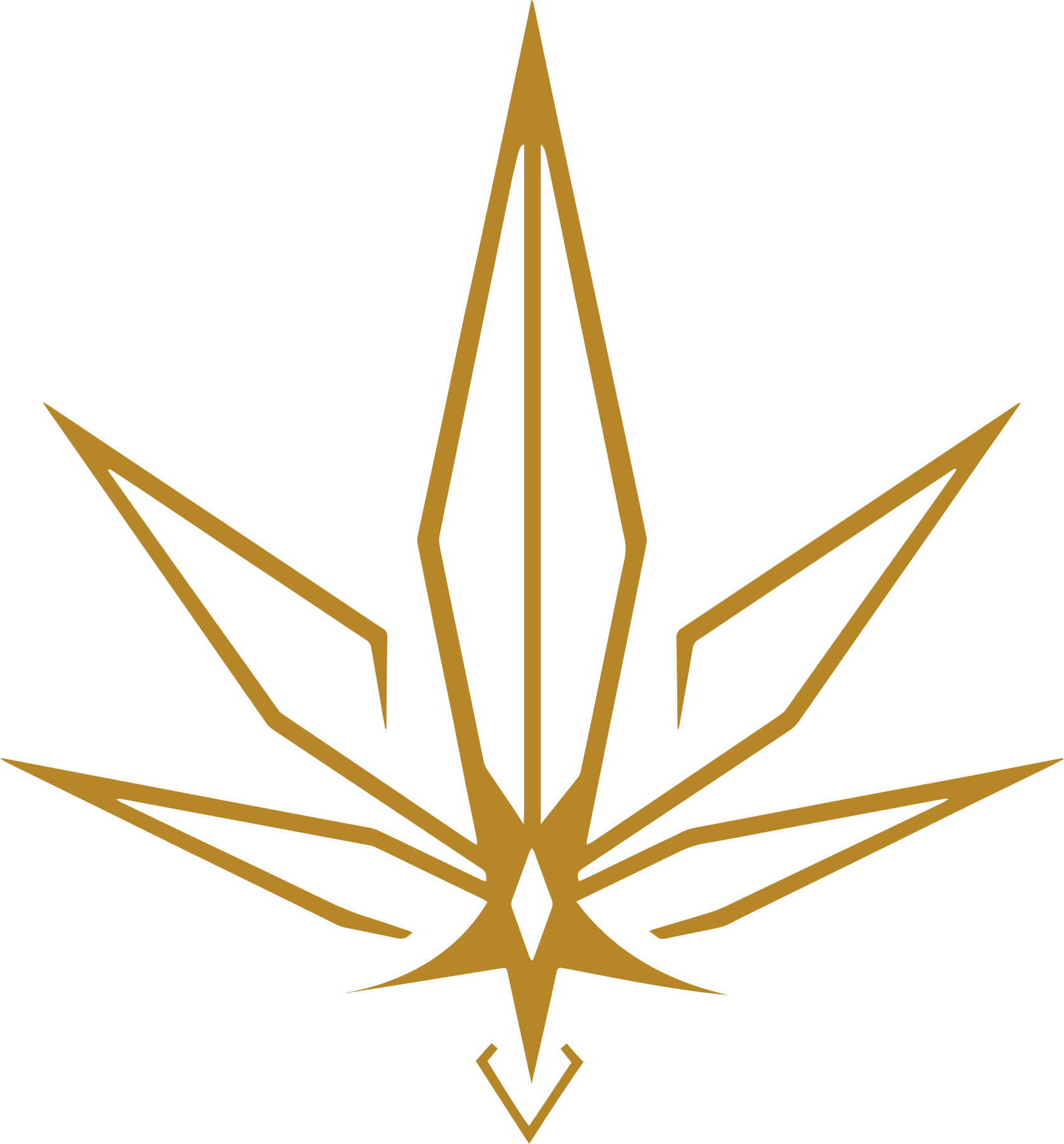
THC & CBD DOSAGE CALCULATOR
The THC & CBD dosage calculator is a tool designed to help users determine the dosage of THC (tetrahydrocannabinol) and CBD (cannabidiol) per serving when consuming cannabis-infused products. This calculator is particularly useful for individuals who want to consume cannabis responsibly and accurately measure the potency of their edibles or other cannabis products. Read the information below for instructions and explanations regarding the THC and CBD calculator.
HOW TO USE IT
1. Enter the amount of cannabis (in grams) you're using.
2. Input the THC percentage of the cannabis.
3. Optionally, enter the CBD percentage if you want to calculate CBD dosage.
4. Specify the number of servings the product will yield.
5. Click the "Calculate Dosage" button.
6. The calculator will then display the THC dosage per serving, bioavailable THC dosage per serving, and, if applicable, the CBD dosage per serving and THC to CBD ratio per serving.
DOSAGE CALCULATOR
RESULTS
COMPONENTS
-
This text box allows the user to input the amount of cannabis used in the recipe or product, measured in grams. It represents the total quantity of cannabis being used to smoke or make infused products.
-
Here, users enter the THC percentage of the cannabis being used. THC is the psychoactive compound in cannabis responsible for its intoxicating effects. This percentage is typically provided on product packaging or can be obtained through laboratory testing.
-
This field is optional. Users can input the CBD percentage of the cannabis being used if they want to calculate the CBD dosage and THC:CBS ratio per serving as well. CBD is another compound found in cannabis, known for its potential therapeutic effects.
-
Users enter the number of servings the cannabis product will yield. This helps determine the dosage per serving based on the total amount of cannabis and the desired potency of each serving. For example, if you have one gram of cannabis and intend to consume half a gram of cannabis at a time, then you have two servings. The amount of servings is entirely your choice and depends on how many servings you would like to split your cannabis into.
-
Clicking this button triggers the calculation process. Once clicked, the calculator computes the THC and CBD dosage per serving based on the provided input values.
BIOAVAILABILITY EXPLAINED
-
Bioavailable THC refers to the portion of THC that enters the bloodstream and produces psychoactive effects. Not all THC consumed is absorbed due to factors like metabolism and delivery method.
The bioavailability of THC via inhalation is 10-37% of the total THC.
The bioavailability of THC via ingestion is 3-9% of the total THC.
For instance, if you smoke 100mg of THC, you only absorb 10-37mg (10-37%).
If you eat 100mg of THC, you only absorb 3-9mg (3-9%).
Bioavailability percentages were sourced from the research study below:
-
Bioavailability refers to the proportion of a substance that enters circulation when introduced into the body and is available to have an active effect. In the context of drugs or nutrients, it describes how much of the substance actually reaches the bloodstream and is able to produce its intended effects. Different delivery methods and factors such as metabolism can influence bioavailability.
-
Not all THC gets fully consumed due to several factors:
1. Metabolism: When THC is ingested, it passes through the digestive system and liver, where it undergoes metabolism, converting some of it into inactive metabolites.
2. First-pass metabolism: When THC is ingested orally, it undergoes first-pass metabolism in the liver before reaching systemic circulation, resulting in some loss of potency.
3. Absorption: Depending on the delivery method (smoking, vaping, ingesting), some THC may not be efficiently absorbed into the bloodstream. For example, when smoking or vaping, some THC may be lost through exhalation or not absorbed by the lungs.
Furthermore, factors like metabolism, delivery method, and absorption efficiency contribute to why not all THC consumed results in its psychoactive effects.




